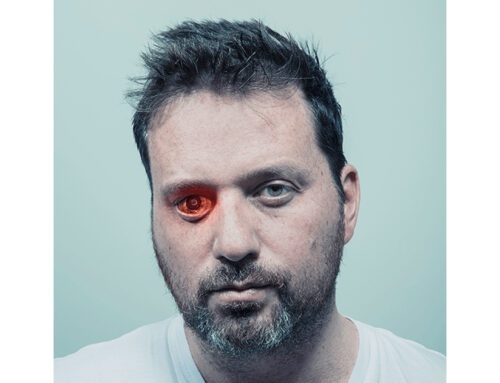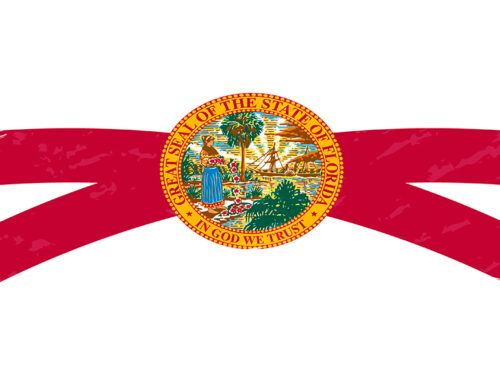Shown above: Seattle police, 1918. Nobody was considered safe from the bacterial pneumonia that was labeled “Spanish flu.”
Unmasking the “Spanish Flu” Pandemic
U.S. soldiers were guinea pigs.
From January 21–June 4, 1918, an experimental bacterial meningitis vaccine cultured in horses by the Rockefeller Institute for Medical Research was injected into soldiers at Fort Riley, Kansas.
It is a tradition in vaccine research to experiment on groups that can’t refuse the treatment. (Watch this revealing short video.)
The December 1917 issue of Popular Mechanics magazine sheds light on the vaccine manufacturing process of 100 years ago. Here’s an excerpt from the feature story, “How New York City’s Health Department Makes Serums and Vaccines for the United States Army”:
After the horse has been inoculated with the disease poison in gradually increasing doses he is bled and his serum is found to be antitoxin.
This is administered to human beings and renders them immune to the disease…
The same horse may be used at several different times for the preparation of distinctly different antitoxins.
That same horse might also be carrying lung bacteria that were deadly to humans, but no big deal to the horse.
Why would the U.S. government put its military in harm’s way before sending them into battle?
Would anyone volunteer for such a jab if they knew what was in it?
We’re asking the same questions today.
The “Spanish flu” wasn’t Spanish.
The first case was reported in Fort Riley, Kansas—the site of the Rockefeller experiment. According to history.com:
The Spanish Flu did not originate in Spain, though news coverage of it did. During World War I, Spain was a neutral country with a free media that covered the outbreak from the start, first reporting on it in Madrid in late May of 1918. Meanwhile, Allied countries and the Central Powers had wartime censors who covered up news of the flu to keep morale high. Because Spanish news sources were the only ones reporting on the flu, many believed it originated there (the Spanish, meanwhile, believed the virus came from France and called it the “French Flu.”)
Pneumonia was the only proven killer.
Fauci never gained universal public demand for flu vaccination. The modern flu wasn’t scary enough. He had to raise the specter of a deadly supervirus that swept the world in 1918, killing tens of millions.
But he couldn’t prove viral origin.
Newscientist.com tells us: “That pneumonia causes most deaths in an influenza outbreak is well known…had a super virus been responsible for most deaths, one might expect people to die fairly rapidly, or at least for most cases to follow a similar progression. However, Shanks and Brundage found that few people died within three days of showing symptoms, while most people lasted more than a week, some survived two – all hallmarks of pneumonia.”
A 2008 study by David M. Morens, Jeffery K. Taubenberger, and Anthony S. Fauci is touted as conclusive proof the “Spanish flu” was flu. However, the title of their article is “Bacterial Pneumonia Caused Most Deaths in 1918 Influenza Pandemic.” (Journal of Infectious Diseases, 2008 October 01) The authors reviewed 8398 autopsies from the period and examined lung tissue sections obtained during 58 of the autopsies. The researchers saw pneumonia-causing bacteria in abundance and “underlying pathologic features now believed to be associated with influenza virus infection” (emphasis mine). Fauci’s team validated the autopsies’ conclusions (death by bacterial pneumonia) but then added an interpretation based on patterns seen under a microscope, that it was an influenza pandemic.
The 2008 study conclusions certainly sound plausible, and in this upside down world we live in at the moment, “plausible” has become a new standard for “truth.” But when we look at the history of vaccination experimentation with lethal results, it has been going on for a very long time, and that is exactly what was going on in the exact place where the “Spanish flu” began.
~Alan Graham, staff writer






Leave A Comment